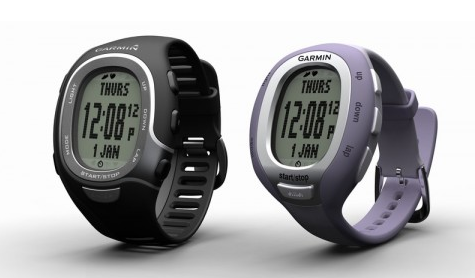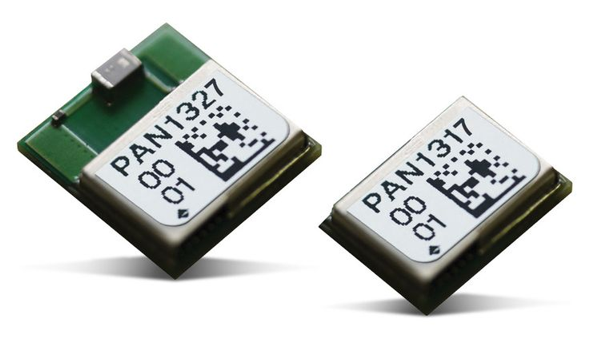ANT plus
With Bluetooth Low Energy( BLE), ZigBee, WiBree and IEEE 802.15.4, there are four low- power wireless technologies that are characterized by the lowest possible energy consumption. With ANT+, developed by the ANT+ Alliance, there is one more. ANT+ is an extension of the ANT technology with specified profiles such as Bicycle Power, Geocache or Heart Rate Monitor.
ANT+ is a non- standard, flexible low-power wireless technology that can be used to build scalable Wireless Sensor Networks(WSN) as ad hoc networks for a wide variety of body-worn monitoring tasks.
Many of the applications that can be implemented with ANT+ are in healthcare, telemedicine, sports and fitness, and patient monitoring. Whether blood pressure or pulse, heart rate or body temperature, weight or body mass index, all measurements for which there are sensors can be transmitted via Wireless Sensor Networks (WSN). Examples include smart wristbands and smart watches.
ANT+ frequencies, modulation and radio channels
ANT+ operates in the license-free 2.4 GHz frequency band, the ISM band, between 2.403 GHz and 2.480 GHz. Transmission is on 78 selectable RF channels using frequency hopping( FHSS), and modulation is in Gaussian Frequency Shift Keying( GFSK). ANT networks consist of stand-alone ANT devices, which are sensors with ANT modules that acquire data and transmit it over the WSN network. ANT networks can adopt different topologies and operate as peer-to-peer networks or meshed networks. They do not have a central master. The channels support unidirectional and bidirectional ANT communications, as well as broadcasts and burst operation.
Power consumption is extremely low at 2 mW, depending on the operating state. In the inactive wait mode, the power consumption is a few microwatts; in the active state when sending data or receiving it, the power consumption of an ANT device is between 10 mA and 20 mA. The average value is about 30 µA. After transmission, the device switches directly back to the power-saving sleep mode. With this low power consumption ANT-Devices can be operated for several years with button cells. The bridgeable range is approx. 10 m.
The security of ANT+
Security is ensured by 64-bit encryption. In addition, there is a cyclic block check(CRC) with which the transmitted data is validated. The networks have high immunity to crosstalk, as they have a power budget of +95 dB. Data rates reach up to 20 kbit/s in confirmed mode, depending on the mode of operation. Up to `2^32` ANT devices are addressable.
The ANT devices consist of the sensors and intelligent ANT modules, which contain the RF components for radio transmission and process the sensor data. Each ANT device has device profiles that specify the data formats, the channel parameters and the network key. The ANT modules provide easy network setup and support migration, upgrade and maintenance of the wireless network. ANT+ facilitates the collection and transmission of sensor data for their processing and for monitoring purposes. Data transmission is performed using the ANT protocol.

-und-ANT-ANT-_en.png)

